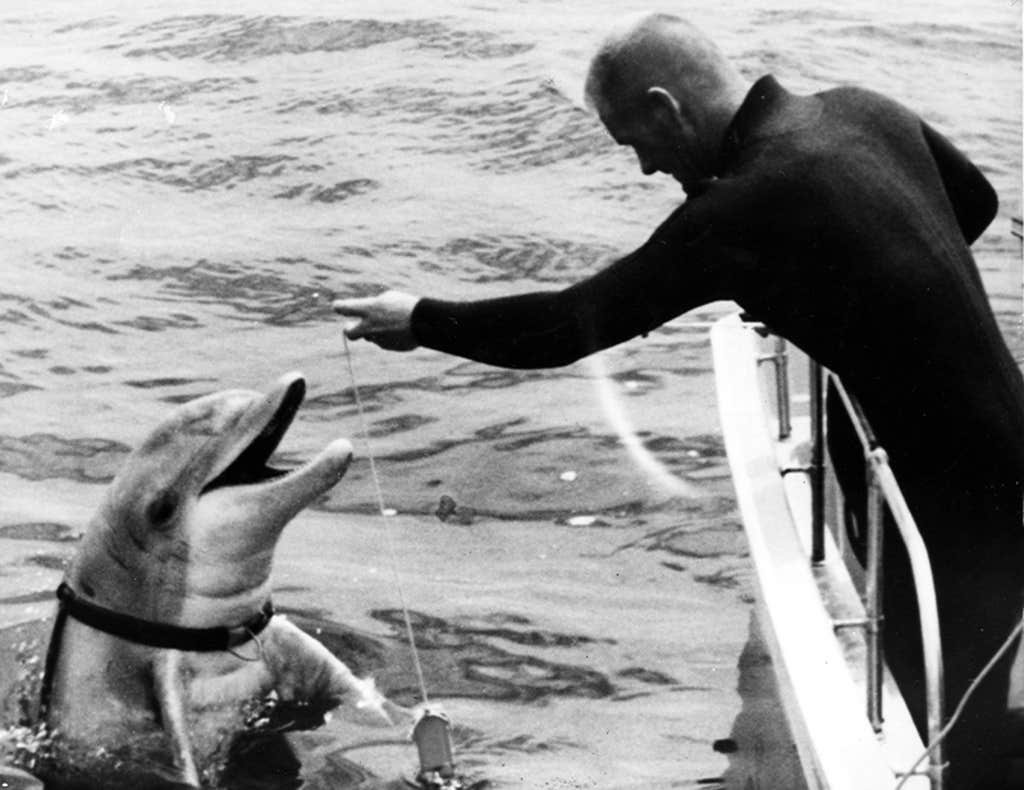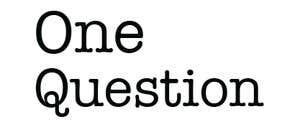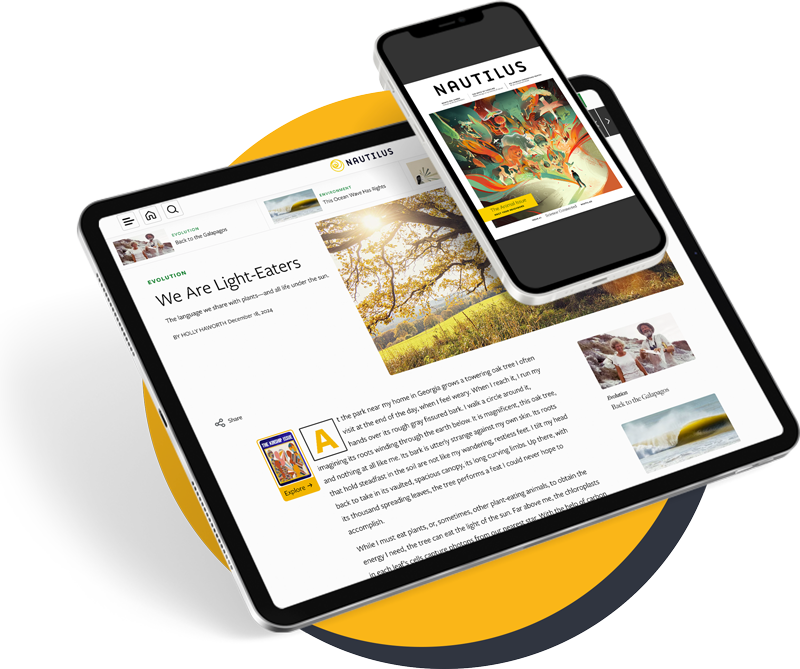Today, August 29, in 1965, a conversation went down between a human positioned more than 200 feet deep in the Pacific Ocean and people floating 99 miles above Earth. On their last day aboard Gemini 5, NASA astronauts Gordon Cooper and Pete Conrad chatted with their friend Scott Carpenter, an aquanaut who was at the bottom of the Pacific, aboard the U.S. Navy’s experimental seafloor chamber called Sealab II—also known as the “Tiltin’ Hilton.” They spoke via a radiotelephone, which sends radio waves between speakers. This marked the first-ever call between astronauts and an aquanat.
Among other space tasks, Cooper and Conrad were testing out the impacts of a long trip among the stars on human health—at the time, eight days was considered lengthy, beating the Soviet record by three days. Conrad compared the mission, with its tight quarters, to “eight days in a garbage can.”

Meanwhile, down in the Pacific, Carpenter took part in a similar experiment: gauging how long people can endure ocean depths. He remained on Sealab II for a record 30 days, overseeing deep-sea dives. Carpenter’s team even worked with a trained marine mammal named Tuffy, who wore a harness to deliver divers tools and messages.
Cooper and Carpenter went way back, and each had achieved some serious feats up in the cosmos: Both participated in Project Mercury, the country’s first crewed spaceflight program. Conrad was passed over for the opportunity, but still went on to have a successful career at NASA, later commanding the Apollo 12 mission in 1969.
Using the same radiotelephone technology he used to contact his astronaut friends, Carpenter later rang up U.S. President Lyndon B. Johnson at the White House, albeit with an extremely high-pitched voice due to the helium-rich environment. Thirty years later, Carpenter made another historic long-distance call: He spoke to astronauts on the Endeavour space shuttle from an underwater lab off Florida’s coast.
“Take a good look out that window,” Carpenter said to NASA astronaut Michael Gernhardt during that sea-to-space confab. “What you can see from up there is something that will last in your mind forever.” ![]()
Lead image: Gordon Cooper and Pete Conrad step out of Gemini 5 after splashdown back on Earth in 1965. Credit: NASA Johnson Space Center
































